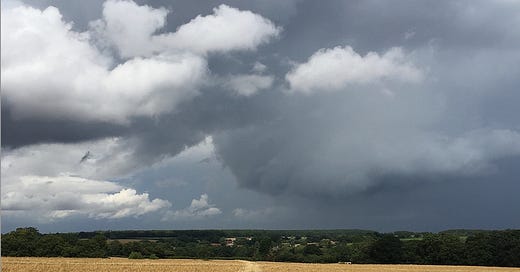Tenderness toward existence
A free post about ink, dancing, embodiment, exposure, poetry and Portaloos®.
Keep reading with a 7-day free trial
Subscribe to Witness Marks by Melissa Harrison to keep reading this post and get 7 days of free access to the full post archives.



